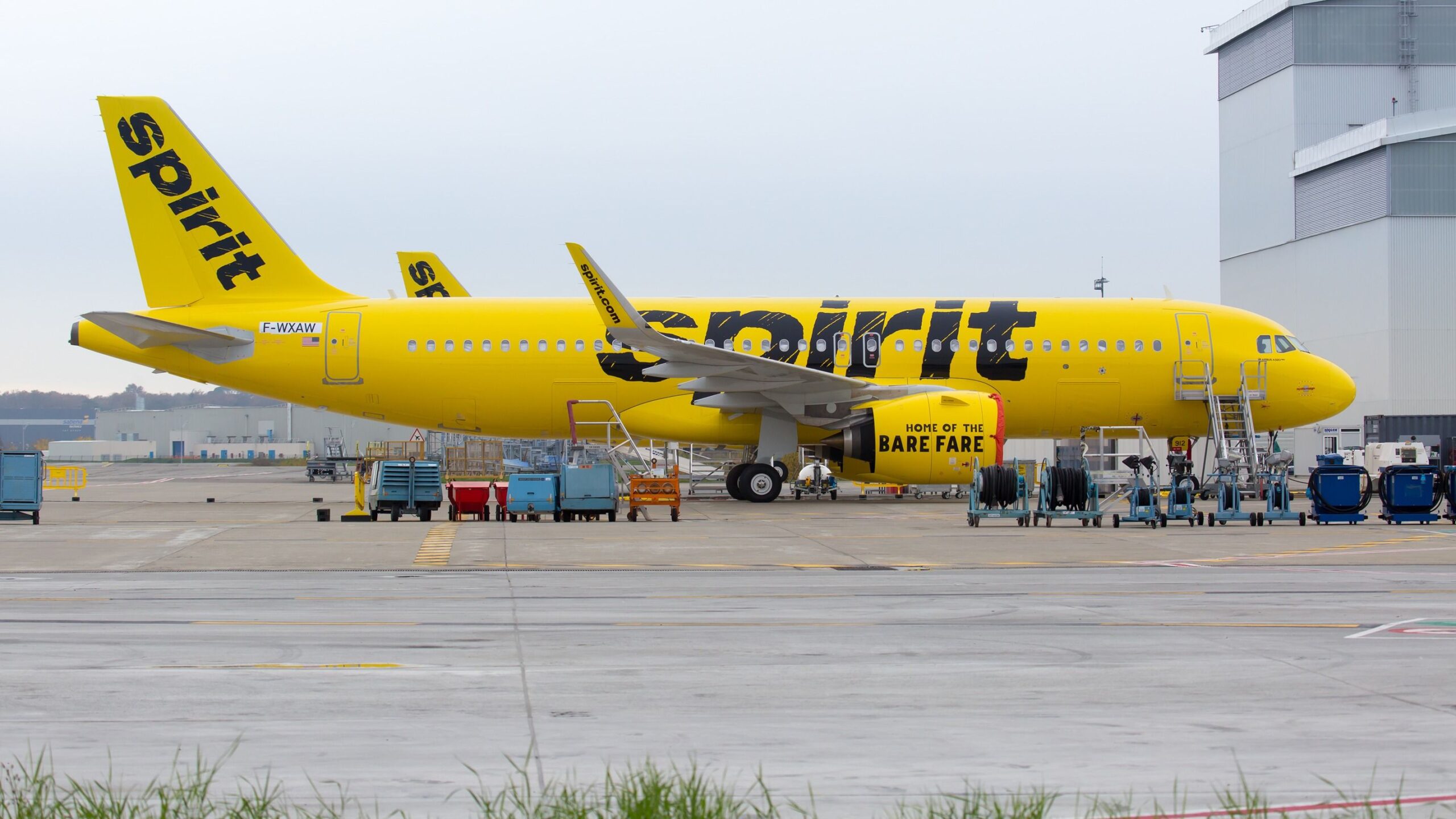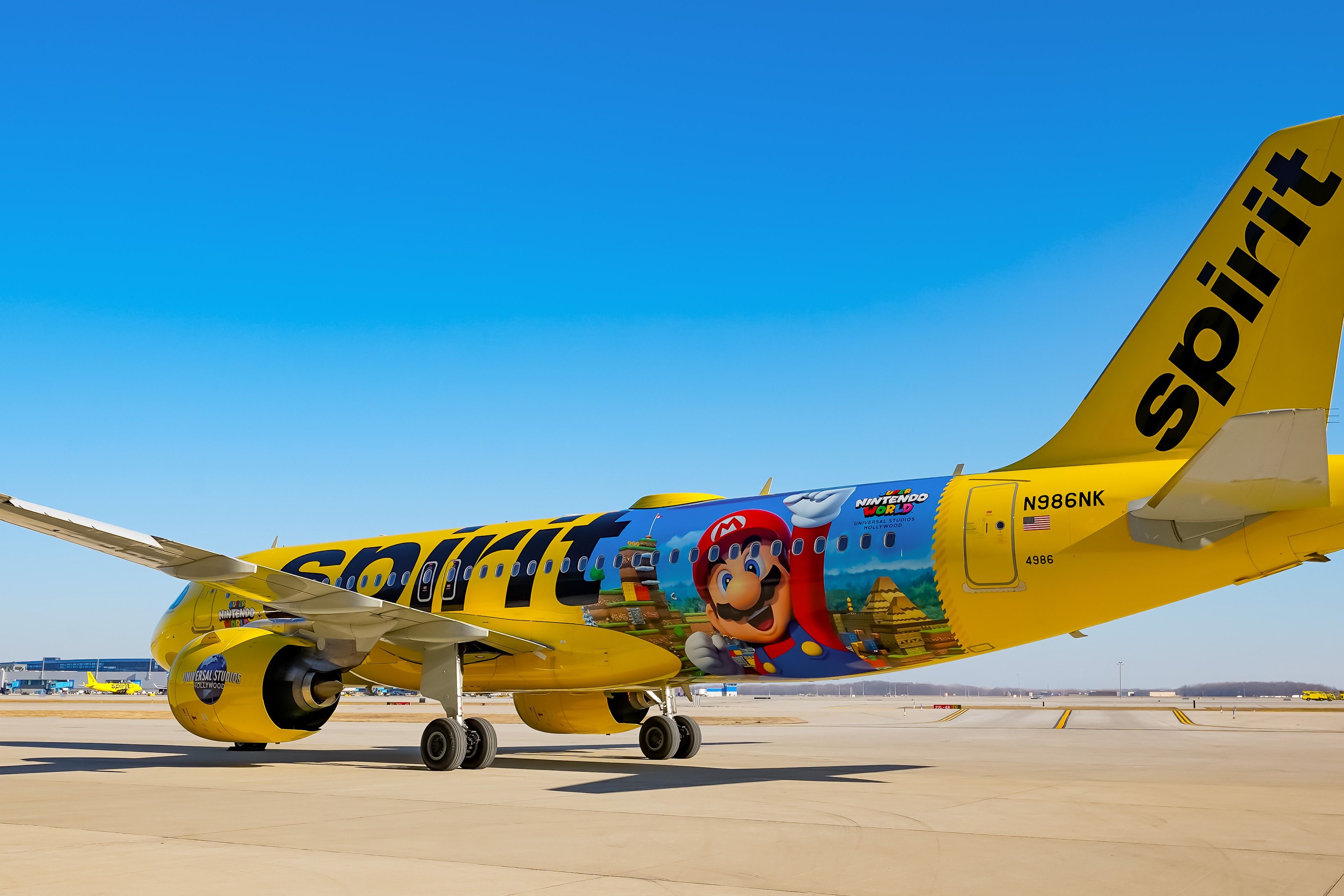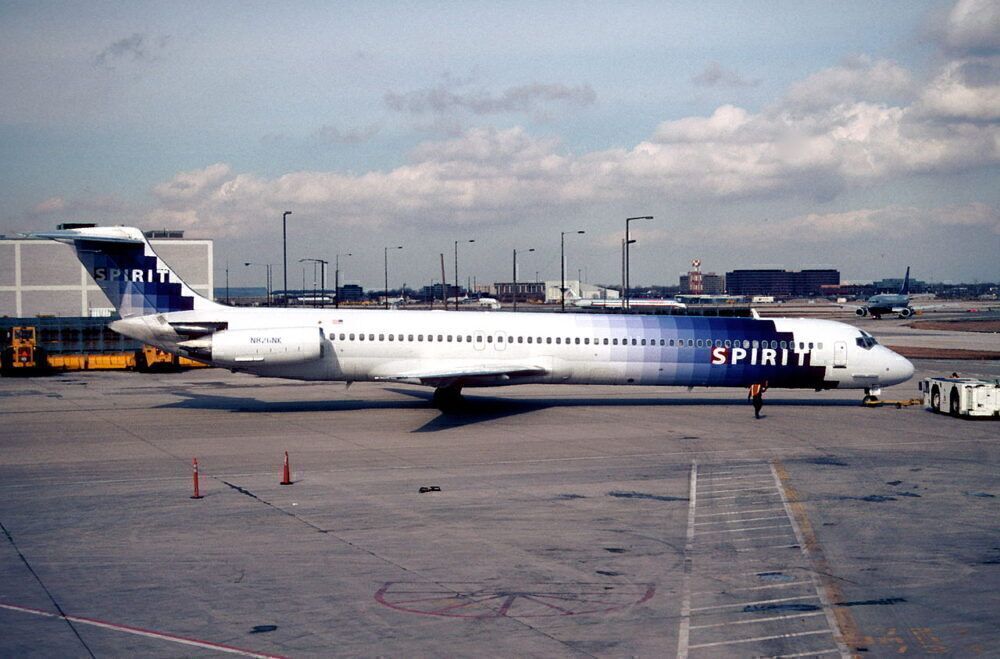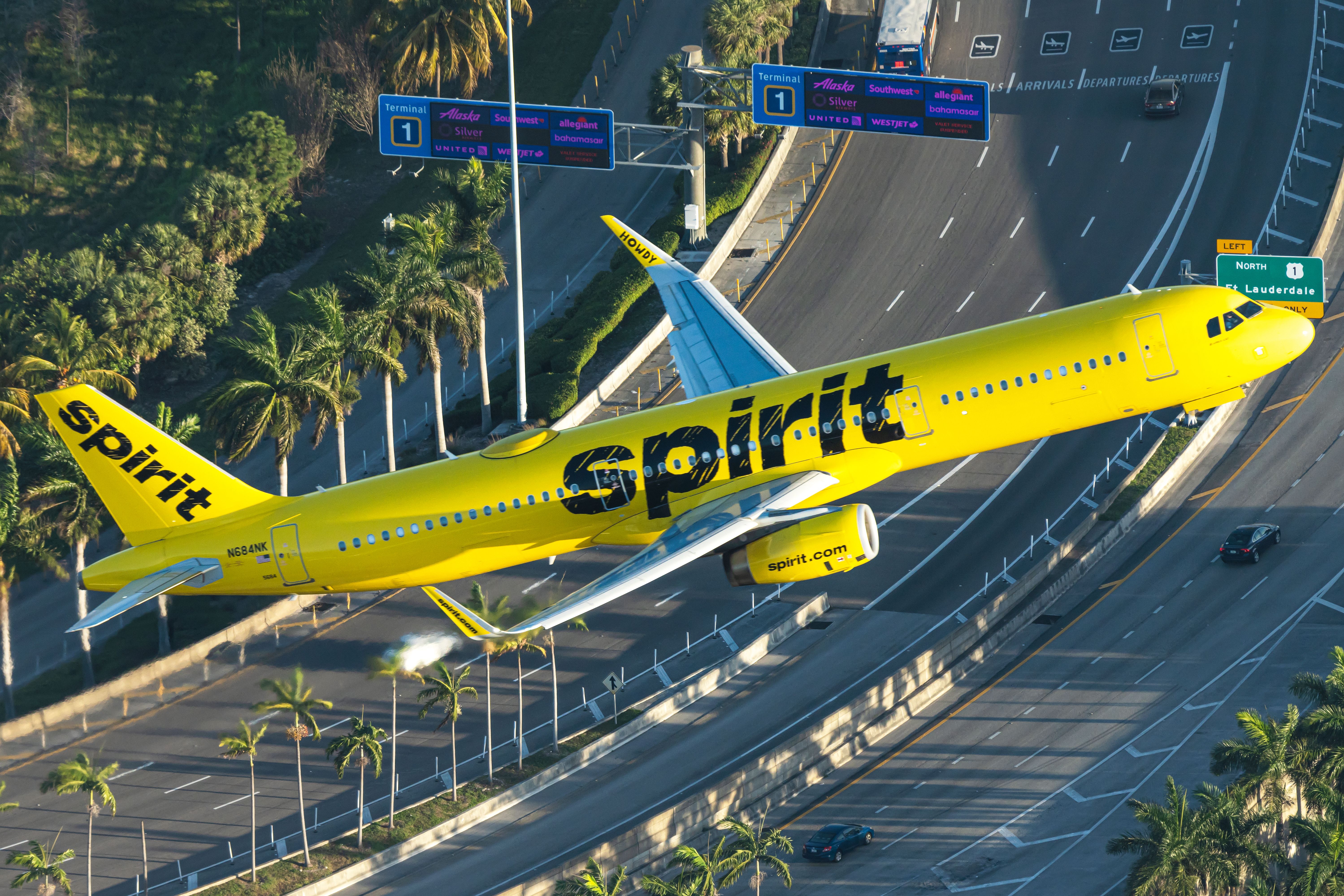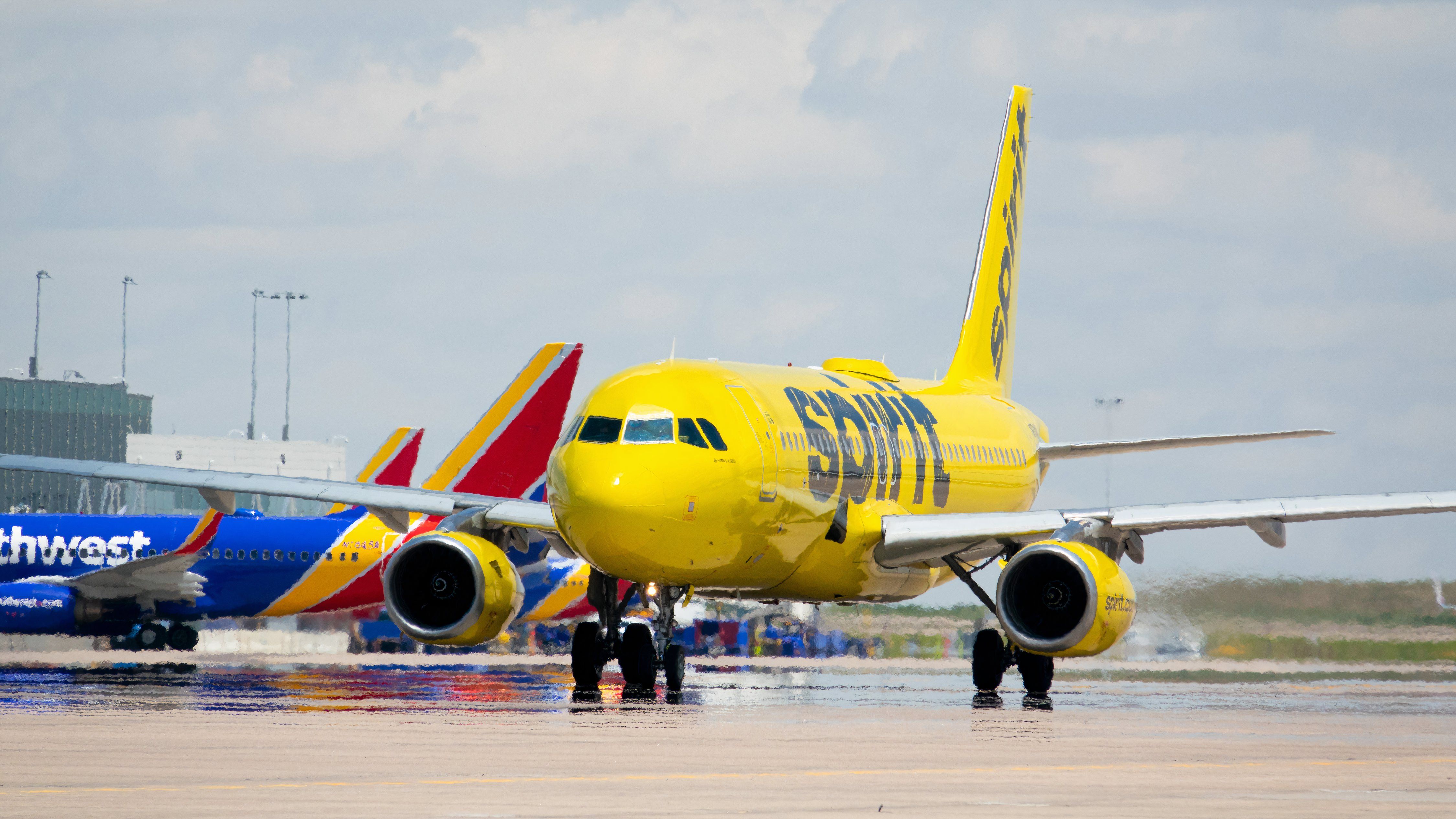Summary
- Ben Baldanza led Spirit’s transformation into an ultra-low-cost carrier, steering it to profitability amidst a challenging market.
- Baldanza introduced clever business strategies, including more fees and advertisements, contributing to Spirit’s success.
- Spirit’s growth under Baldanza’s leadership is evident in its financial metrics and passenger numbers, placing it as a prominent US airline.
The US-based ultra-low-cost carrier features some of the most competitive fares among the US domestic and regional airlines. Its “no frills” model has largely paid off over the years thanks to the arrival of Ben Baldanza, the former President and Chief Executive Officer (2005 – 2016). During his time, Baldanza led the transformation of the airline into the ultra-low-cost carrier it is today. Let’s take a look at his journey with the company.
An aviation veteran
In January 2005, it was revealed that Baldanza would leave his post at US Airways as senior vice president of marketing to head for Spirit. The businessman had been in charge of route planning, scheduling, and pricing, as well as marketing for the veteran operator.
Photo: Spirit Airlines
The Rome, New York-born economist, had been at US Airways since the beginning of the millennium, but his tenure in the aviation industry didn’t begin at the carrier. He started his journey with American Airlines before heading to Northwest Airlines and UPS. Additionally, Baldanza held senior positions at Continental Airlines before becoming COO of TACA Airlines. He even served on the board of directors of Frontier Airlines while at TACA.
Putting the expertise to good work
This expertise would prove vital for Spirit from the get-go. The initial positions that Baldanza maintained at the firm were president and COO. However, in the following year, he became the CEO. During the period of his arrival on the scene, the Florida-based outfit was reporting yearly losses of $79 million. However, the executive had a plan to turn things around. He launched new sunny destinations, upgraded aircraft, and brought a fresh team to the fold.
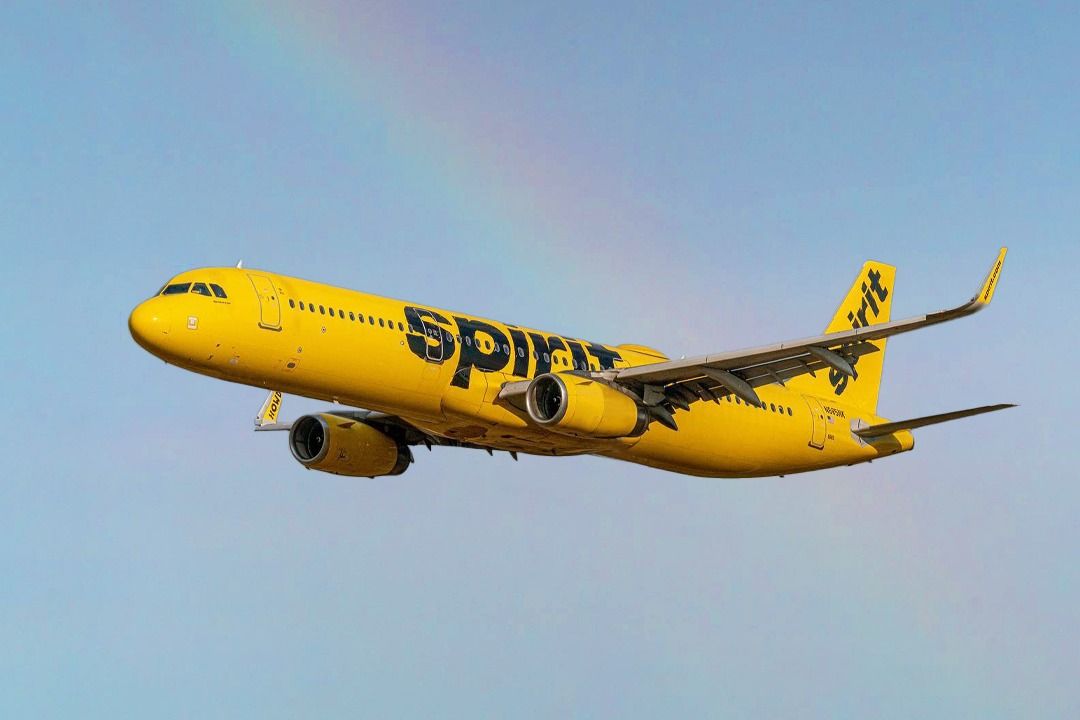
Related
Who Owns Spirit Airlines?
No one person owns the publicly traded company, but a few entities have more shares than others.
“In the past [the airline was] not always a competitor whose decisions were easy to understand,” Baldanza said, as reported by FlightGlobal in 2005.
Now, with a focused strategy, we are giving people a reason to choose Spirit, to make the airline relevant. The traffic is there. If we can offer people something more than just a low price, they will catch the spirit.”
After a year of hopping on the board, a quarter of Spirit’s routes were to destinations outside the United States. Moreover, the US-Caribbean capacity grew to nearly 4%, making it the fifth-largest airline in the segment. The company ultimately transformed Fort Lauderdale into a genuine connecting hub.
From January 2005 to March 2006, the airline added eight Caribbean services from Fort Lauderdale. In total, it was offering 22 routes from the airport. Within a year, Spirit developed from 50 city-pair markets to approximately 170 with the same capacity. During this time, the airline transitioned from its MD-80 aircraft to a modern Airbus fleet. This move would offer the company considerable savings by letting go of aging, inefficient models.
A significant shift
|
2014 |
2015 |
2016 |
2017 |
2018 |
|
|---|---|---|---|---|---|
|
Turnover ($m) |
1,932 |
2,141 |
2,320 |
2,644 |
3,323 |
|
Net profit after tax ($m) |
225 |
317 |
263 |
416 |
156 |
|
Number of employees (average FTE) |
3,722 |
4,326 |
5,159 |
6,100 |
7,110 |
|
Number of passengers (m) |
14.3 |
17.9 |
21.6 |
24.2 |
29.3 |
|
Passenger load factor (%) |
86.7 |
84.7 |
84.7 |
83.1 |
83.9 |
|
Number of aircraft (at year-end) |
65 |
79 |
95 |
112 |
128 |
Even though Spirit was heading a low-cost operation before Baldanza’s arrival, it became even more discounted in the years that followed. The airline introduced minimal fares and charged fees for numerous additional services, such as seat options, baggage, and food & drink.
These initiatives were met with significant criticism, and Baldanza even faced a US Congress hearing regarding the unbundling policy. However, he largely remained unapologetic and defended the model.
The approach proved to be worthwhile from a business standpoint as Spirit became profitable under Baldanza’s leadership. Notably, during much of his time at the top of the carrier, several competitors were struggling financially amid market pressures and economic crises.
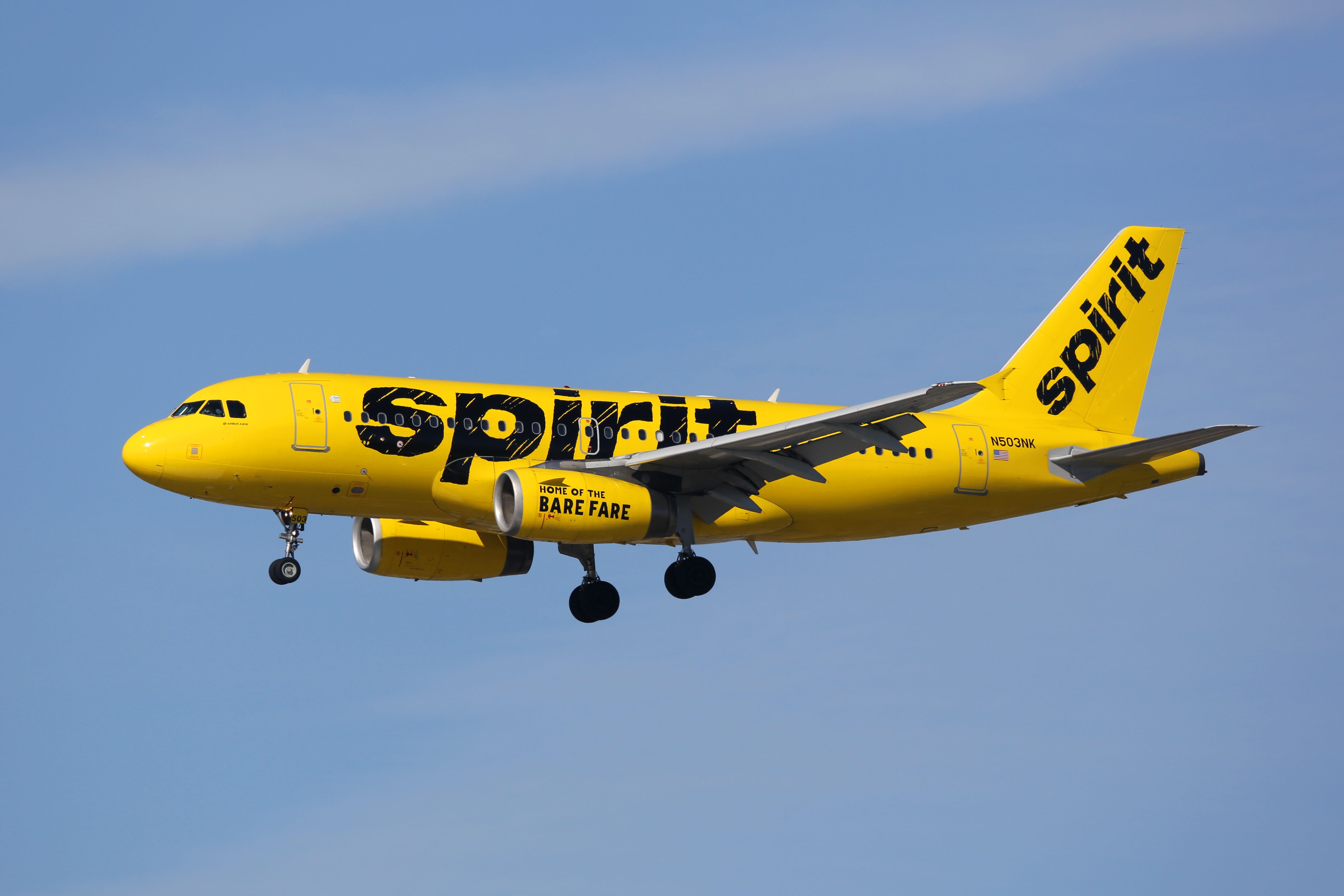
Related
Spirit Airlines Follows Frontier & Scraps Change Fees
The new policy allows more flexibility for passengers.
By the time 2011 rolled around, Spirit was earning 40% more per aircraft than its rivals. Nonetheless, it wasn’t just pricing measures that helped it grow. Baldanza’s teams introduced smart strategies that included the selling of advertising spaces where possible on the plane. It became the norm to see advertisements on seatback trays, overhead bins, napkins, cups, and sickness bags. Even flight attendant uniforms had promotions on them.
Around 2013-2014, the airline was on a strong path to expansion, and was attracting more passengers than ever before. The carrier also introduced its own commercials that often went viral. Jumping on pop culture trends and slipping in innuendos helped campaigns spread across the world, saving money on expensive ad campaigns.
Photo: Vincenzo Pace I Simple Flying
A prominent figure
Baldanza stepped down from his post as CEO and president in January 2016. This move came as a surprise across the industry. However, he affirmed that there was a plan in place for this transition. Altogether, his work at the Spirit didn’t go unnoticed, and he received a warming farewell from the company.
“Ben was instrumental in transitioning Spirit into a highly successful ultra-low-cost carrier, a significant achievement in the airline industry, which benefited our employees and customers,” Spirit Chairman H. McIntyre Gardner said in response to the change, as per a company statement.
“On behalf of the Board and everyone at Spirit, I would like to thank Ben for his contributions, dedication and stewardship these past ten and a half years as Spirit’s business model has become firmly established as a critical low-fare choice that consumers appreciate when thinking of air travel. We wish Ben and his family all the best.”
Baldanza remained busy after leaving his post. He went on to serve as a director and chairman of the audit committee of JetBlue Airways. Moreover, he joined the board of Go Air and Six Flags Entertainment. He was elected as non-executive chairman of the latter in November 2021. Along with these positions, he is an operating partner with Sterling Investment Partners, a private equity firm, and also fulfills his role as Adjunct Professor of Economics at George Mason University.
Photo: Denver International Airport
Baldanza also offers his insights on the market via publications such as Forbes. Just this week, he wrote an article about the key reasons why airlines fail. He highlights failure to keep costs low, growing too quickly, sidetracking, lack of attention to detail, and emotional decisions as major reasons why carriers don’t make the cut.
Spirit today
|
2019 |
2020 |
2021 |
2022 |
2023 |
|
|---|---|---|---|---|---|
|
Turnover ($m) |
3,831 |
1,810 |
3,230 |
5,068 |
5,362 |
|
Net profit after tax ($m) |
335 |
−429 |
−473 |
−554 |
−447 |
|
Number of employees (average FTE) |
8,938 |
8,756 |
9,218 |
11,107 |
12,798 |
|
Number of passengers (m) |
34.5 |
18.4 |
30.8 |
38.5 |
44.1 |
|
Passenger load factor (%) |
84.4 |
69.7 |
78.8 |
81.9 |
81.3 |
|
Number of aircraft (at year-end) |
145 |
157 |
173 |
194 |
205 |
Spirit has become a US aviation mainstay. It is one of the top 10 airlines in North America, serving 34.5 million passengers in 2019. Numbers dropped significantly in 2020 due to the pandemic, with only 18.4 million passengers carried that year. However, this is a factor that all US carriers had to deal with. Nonetheless, the carrier bounced back strongly during the recovery period, attracting 30.9 million passengers in 2021, 38.5 million in 2022, and a whopping 44.1 million passengers in 2023.
What are your thoughts about Ben Baldanza’s time at Spirit Airlines? What do you make of his journey with the operator over the years? Let us know what you think of the executive’s role in the aviation industry and the future of Spirit in the comment section.

